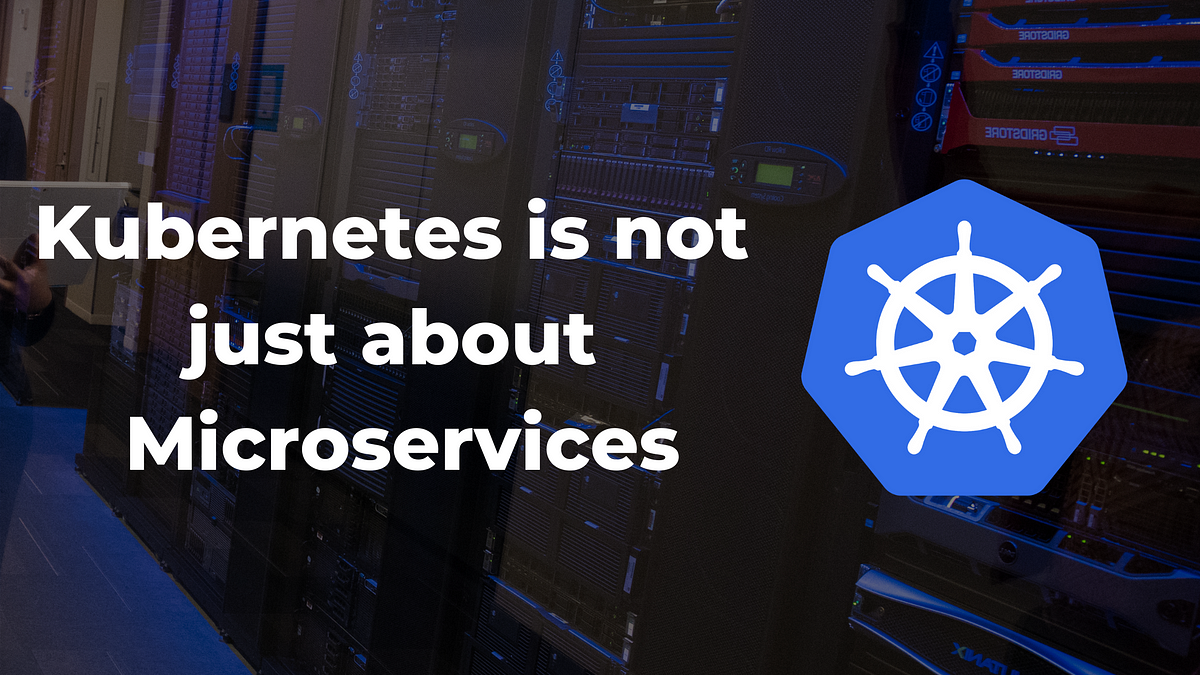If you create a poll and ask your IT friends which is the most common buzzword tech topic, I’d bet 50% of them would bring up microservice.
But what is Microservices?
Microservices are an architectural approach for developing software and creating cloud applications in which the software or application is made up of a specific collection of small separate services that function independently and communicate through APIs.
Microservices add a lot of benefit to a company because writing code is much easier because each service can be balanced independently of the others, eliminating duplication and costs.
Although architectural descriptions and characteristics have influenced much of the discussion about microservices, their meaning can be better understood by relatively clear business and organizational benefits:
- It is easier to update the code.
- Similar stacks may be used for different components by teams.
- Components may be scaled independently of one another, reducing the waste and expense of scaling entire applications due to a single component experiencing excessive load.
Kubernetes without Microservices?
Kubernetes developed from the technology used by Google’s “Borg” platform to handle its cloud services at scale. With the introduction of the EC2 platform, AWS made elastic web server frameworks available to the general public. Kubernetes helps businesses to orchestrate containers in the same way that EC2 does, but with open-source code. Google, AWS, Azure, and the other big public cloud providers all support Kubernetes for cloud web applications.
#devops #programming #kubernetes #microservices #software-development
